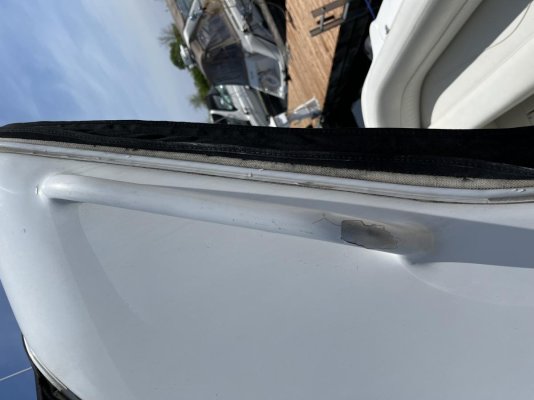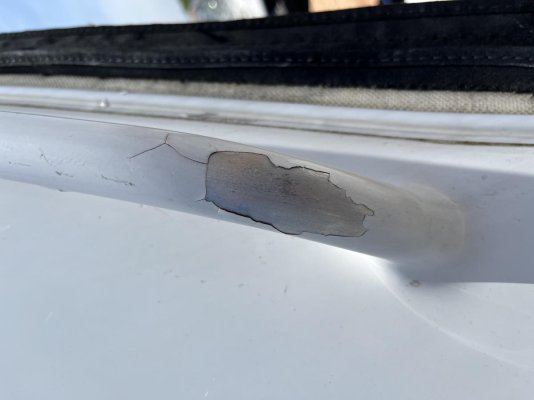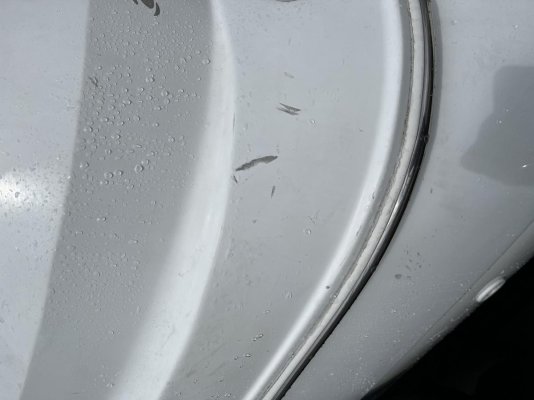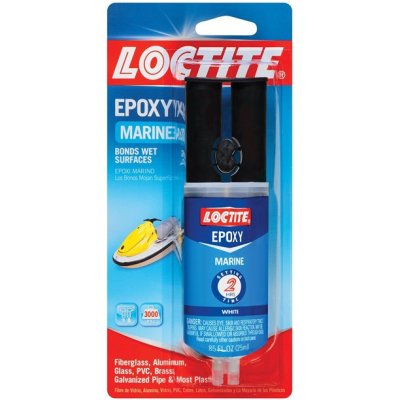TorronaPwr
Veteran Member
- Joined
- Nov 2, 2020
- Messages
- 35
- Vessel Name
- Ava
- Vessel Make
- Cruisers Yachts 3075
With much help from the forum I have brought the mechanical side of the boat to a good place - until the next thing goes wrong lol.
Now I'd like to improve the cosmetics, and have three areas I would like to start on.
1. As you can see the paint has flaked off the grab bar on the radar arch. I'm assuming the bar is aluminum? If so, is the process to chip off all the paint, sand and repaint? Should I use any particular type of paint?
2. A friend, who is now abroad and out of touch, rebed the stanchion bases, and in the process left those ugly black marks which I assume is sealant of some kind. What should I use to clean that up without damaging the gelcoat?
3. In the third set of pics you can see the black scuff marks, the edges of which are just noticeable to the touch. There are quite a lot of these, the ones in the pic being the worst. What is the best solution to this problem?
Thanks in advance for suggestions, much appreciated
Now I'd like to improve the cosmetics, and have three areas I would like to start on.
1. As you can see the paint has flaked off the grab bar on the radar arch. I'm assuming the bar is aluminum? If so, is the process to chip off all the paint, sand and repaint? Should I use any particular type of paint?
2. A friend, who is now abroad and out of touch, rebed the stanchion bases, and in the process left those ugly black marks which I assume is sealant of some kind. What should I use to clean that up without damaging the gelcoat?
3. In the third set of pics you can see the black scuff marks, the edges of which are just noticeable to the touch. There are quite a lot of these, the ones in the pic being the worst. What is the best solution to this problem?
Thanks in advance for suggestions, much appreciated






 ) to lift off the radar arch and put it back on. Or pressure points where the radar dome and GPS and antenna brackets are cinched around the pipe. And it's purely cosmetic. Maybe I just have to live with chipped paint up there. I'm beginning to think my to-do list is too long.
) to lift off the radar arch and put it back on. Or pressure points where the radar dome and GPS and antenna brackets are cinched around the pipe. And it's purely cosmetic. Maybe I just have to live with chipped paint up there. I'm beginning to think my to-do list is too long.